PreSonus Eris Studio 8 Review – The best value studio monitors?
PreSonus Eris Studio 8 Review – The best value studio monitors?
In this PreSonus Eris Studio 8 Review, we ask the question: are these the best value studio monitors available to those on a budget?
PreSonus Eris Studio 8 – Standout Features
- 8″ 2-Way active studio monitors
- 140W Bi-Amplified
- 8″ low-mid woofer
- 1.25″ silk dome tweeter with EBM waveguide
- 35Hz to 20kHz frequency response
- Balanced and Unbalanced inputs
- Acoustic tuning controls
PreSonus Eris Studio 8 Review
Like many home producers, I recently found myself in an all too familiar situation. My mixes were becoming more ambitious and with that I needed a more accurate representation of what was going on. My long-suffering and ageing passive 5.25″ monitoring setup just wasn’t giving an accurate impression of what was going on with my low-end. It was time for an upgrade…
This gave me a dilemma: do I add a subwoofer to my existing monitor setup, or do I instead upgrade to a pair of monitors with proper low-end extension? Like many of you, I didn’t have a huge budget to play with. When Presonus announced the new Eris monitor range in September 2023, I wondered if the solution had just presented itself!
Extended low-end
Importantly, I decided against adding an additional subwoofer to my existing setup. While adding a subwoofer would have added the low-end I was missing, it also brings with it potential issues with subwoofer placement and setup. Instead, I placed an order for a pair of PreSonus Eris Studio 8 monitors.
I was impressed with the quoted specifications and wide frequency response. 35Hz to 20kHz is quoted for the Eris Studio 8. You’ll find an 8″ woofer handling the low-end and mid-range which contributes to good low-frequency response.
Equally, each Eris Studio 8 offers 140w of bi-amplification which should translate to clean, undistorted transients. There’s a 1.25″ silk dome tweeter loaded into an EBM waveguide (more on that later).
Unboxing and Break-In
Pulling the Eris Studio 8 from their boxes, the build quality appeared solid enough for the money. You wouldn’t call the cabinets “furniture grade” but equally these are studio monitors, not Hi-Fi centrepieces. We want these for critical monitoring, not home decor!
The Eris Studio 8 speakers are light on features: around the back you get a selection of unbalanced RCA and balanced 1/4″ and XLR inputs. There are basic “acoustic tuning” controls and an input gain control. This suits me just fine as I’m a firm believer that simplicity breeds long-term reliability; equally, less potential to accidentally screw up the frequency response of the speakers!
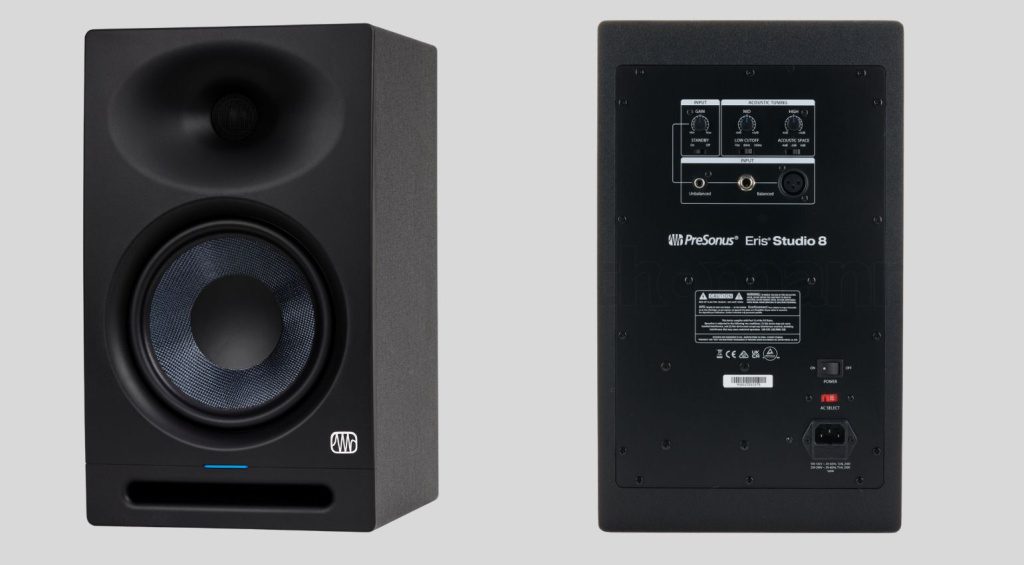
Now at this point, I’m going to tackle the subject of “speaker break-in”. Loudspeakers are physical devices, and like many physical mechanisms, their behaviour can (and often does) change from being manufactured.
When I first powered up these speakers I initially found the low end a bit “woolly” and “boomy”. Equally, there was a strange character to the mid-range I couldn’t quite put my finger on. However, after a week of running these speakers, they have “broken in” and display a much more pleasing character.
I know this might sound like audiophile mumbo-jumbo to many, but you’re just going to have to take my word for it on this one. Don’t take these speakers straight out of the box and begin mixing immediately!

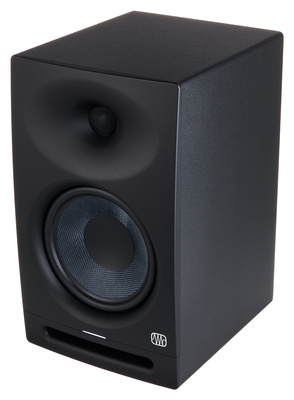
Listening Impressions
So how do the Eris Studio 8 monitors hold up to critical listening and use as studio monitors? Well, for the money, they hold up well… damn well in fact! Loading up some mixes I made on my old monitor system, I could immediately tell where I had made mistakes in “overblowing” the low end.
Equally, playing back some well-trusted test tracks I could tell the Eris Studio 8s were giving a very useable and workable representation of the source audio. The low-end extension is very impressive and in a typical project studio environment, negates any need for a subwoofer.
Equally, I found the high-end to be detailed but not overblown. In my opinion, many manufacturers hype the frequency response of the high-end to give the impression of detail. All this will end up with, however, are dull mixes which don’t transfer properly.
PreSonus claims that the EBM waveguide contributes to even, horizontal dispersion; from my real-world experience, this holds true. Well-controlled HF dispersion reduces early reflections from your desk. Equally, the stereo imaging is wide and controlled and doesn’t shift dramatically away from the mix position.
One of the best compliments I can give the Eris Studio 8 monitors, is that they’re not fatiguing to listen to for long periods of time. I have music on all day long when I’m in the studio, writing for Gearnews and I’ve never once felt hearing fatigue. This is usually a good indication of low distortion and a flat frequency response.
A Monitoring Bargain?
I find it astonishing that we live in a time where it’s possible to buy studio monitors of this quality for around the $500 price point. At this price point, the obvious competitors are the ever-popular Yamaha HS8 and the Adam T8V. However, on paper at least the PreSonus Eris Studio 8 offers better specifications for less money than either competitor.

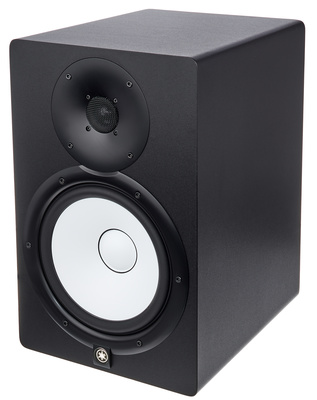

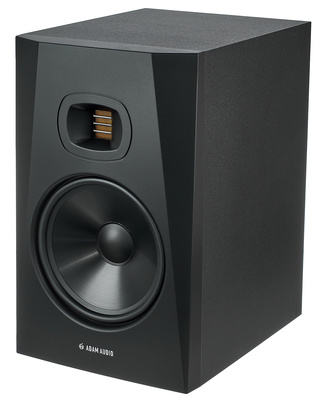
Are they perfect? No of course not, no loudspeaker ever is! If your budget extends to a three-way monitor system with dedicated low, mid and high-range drivers, then you’ll gain an obvious improvement in clarity once again.
However, in the process of carrying out this PreSonus Eris Studio 8 Review, I’ve become very comfortable with these monitor speakers as part of my studio setup. I’ll have no hesitations incorporating them as part of my day-to-day workflow.
If you’re looking to build a mid-range home studio, or perhaps take a significant step up from your first entry-level pair of monitors, then you could do much worse than checking out the Eris Studio 8 monitors. If you’re looking for no-frills, wide bandwidth, and accurate monitoring on a budget, then look no further.
More Information
6 responses to “PreSonus Eris Studio 8 Review – The best value studio monitors?”

You are currently viewing a placeholder content from Facebook. To access the actual content, click the button below. Please note that doing so will share data with third-party providers.
More InformationYou are currently viewing a placeholder content from Instagram. To access the actual content, click the button below. Please note that doing so will share data with third-party providers.
More InformationYou are currently viewing a placeholder content from X. To access the actual content, click the button below. Please note that doing so will share data with third-party providers.
More Information
 3,6 / 5,0 |
3,6 / 5,0 | 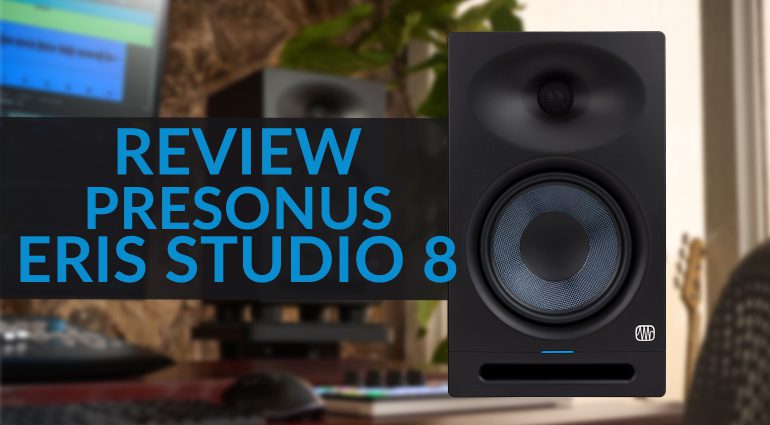




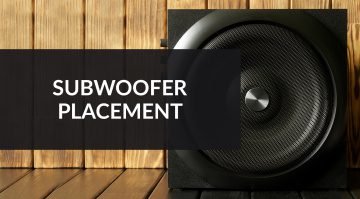

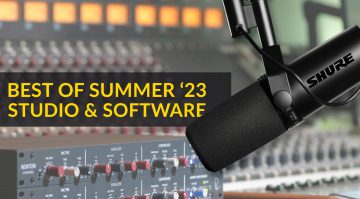
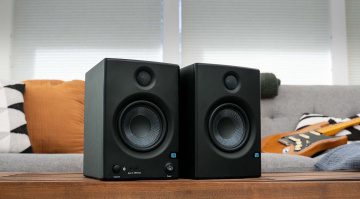
I have them and they are a decent pair on monitors on a budget. Low-Mid frequencies are not as clear, especially when I compare them to my other set of Neumann 🙂
I would mix on them, but very good value.
I find it bizarre that you have all that equipment and you don’t measure the speakers. Review opinions are worthless to anyone without your ears. Post measurements.
There are so many variables involved in accurately measuring the response of a loudspeaker.
The only way to publish truly meaningful measurements, would be to place the speaker in an anechoic chamber and use a calibrated measurement mic.
I don’t have access to an anechoic chamber, so whats the next best thing?
My review was based upon a typical set of mid-range home studio speakers being used in a typical mid-range home studio environment.
In this kind of situation I’d argue that a subjective review is much more valuable. Do these speakers sound good and work well in a typical home studio? The answer is yes, yes they do!
you will not get mids from a two-way speaker configuration that only represents lows and highs. It is physically impossible. A 2.1 system with nearfield monitors with a woofer size not exceeding 5″ and a cheap subwoofer is a better strategy
Not true! It’s in fact possible to create a full-range loudspeaker system with only a single, full-range driver. Single driver configurations are popular in high end horn-loaded systems, for example.
The main advantages in using multiple drivers, aside from potentially increasing bandwidth, is in reducing distortion and “flattening” the response curve.
I’m a professional classically traing but working in pop, fu k, reggae, I get work because I can read and play well. now all the live work has gone I have a little studio at home. as well as I stand out as a musician I fall flat with technical stuff, I’m still struggling with MIDI, what the he’ll is workflow and sweetstpots? So I rely on what Jesus gave me, my ears. I went to a music shop and shortlisted presonus E8’s and they are banging, my ears were trained at college so now I can use them. I will rely on advice from studio professionals to learn, your advice is humbly received. Really delighted with the E8’though, they translate what I have recorded good bad and sometimes terrible, buy them you’ll love them, full range sounds to me. Thanks Quentin